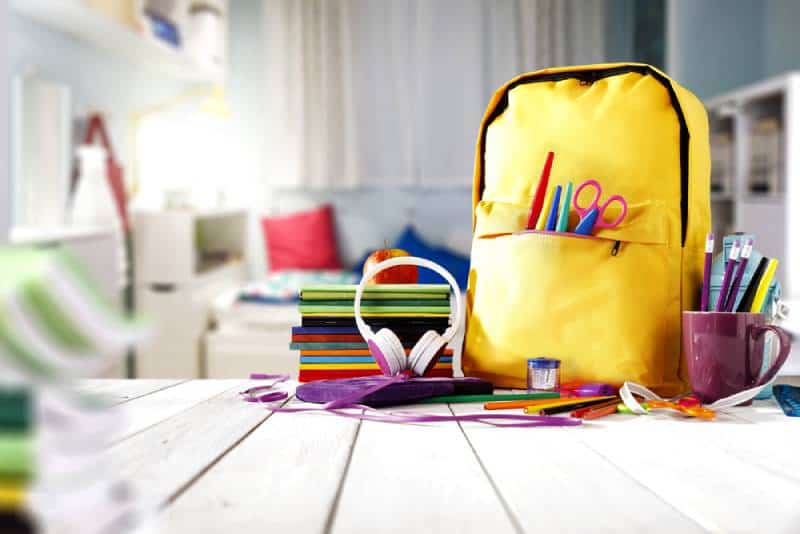The start of a new school year is always a hectic time for children and parents alike.
Back-to-school ads start showing up on TV and in shopping malls as everyone races to get the school shopping done.
But each year the list of supplies ends up being more and more expensive and the question every parent asks is, “How to save on school supplies but still make sure my child has it all they need?”
Well, we are here to give you some handy tips to keep your budget and kids happy for the next year of education.
Big Budget Savers
1. Make a list and set a budget

Doing so helps you price your back-to-school supplies easier and lets you see where you can save money without having to resort to losing out on material quality.
Start with the bare essentials: rulers, pencils, highlighters, notebooks, textbooks and such, and upgrade from there.
Let your kids give their own opinion as well, but make sure to set a line so you stay on target.
Once that is all done, move on to the next step:
2. Search the house
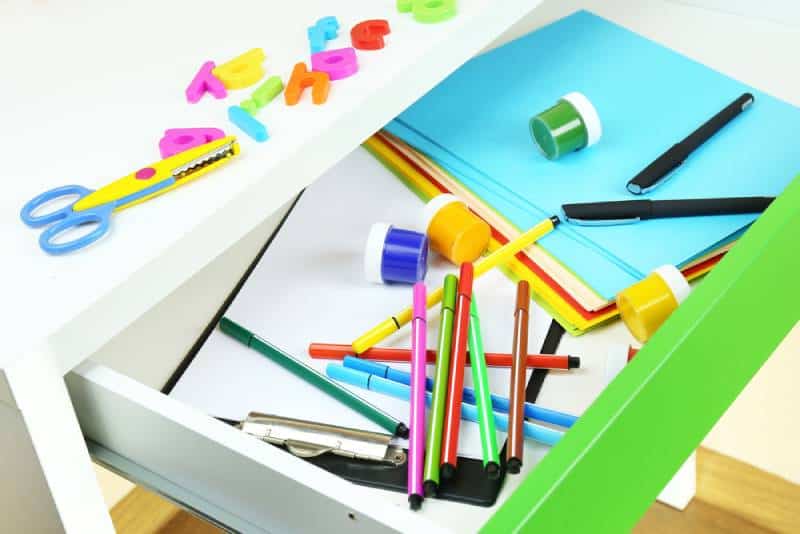
You would be surprised just how many school supplies you can knock off your list by just taking the time to look through the house for any odd pencils, gluesticks, stacks of paper and the like that were left over from last year that you can still use.
Even leftover pages from old notebooks count for at least the first few back-to-school weeks and all of it should already free up quite a bit of your budget that you can focus on more expensive items needed.
Now that your list is a bit shorter, it is time to:
3. Plan for the shopping
Saving a few cents on a stack of cheaper pencils at the other end of town sounds great, but do not forget that unless you are walking, gas comes into that budget as well.
So it is better to shop for school supplies in as tight a circle as you can plan for, preferably in only one store, especially if it offers price matching, which will help you greatly (as long as you’ve planned for it), letting you get deals on all of those back-to-school sales you have found in one place!
Make sure to stock up on any materials you think will be needed throughout the school year during this period to save money, as getting them later will definitely cost you more.
As a more approachable alternative, you can do some online shopping from sites like Amazon, eBay or any local alternative.

That way you get your list cleared up and getting all of the school supplies over and done with via just a few clicks and in record time, saving you the stress and giving you more time to yourself.
This is especially cost-efficient if you’re looking to buy a laptop or any other electronics for a kid that’s going to college, since a lot of the ones on offer tend to be lightly used, if at all.
Getting it all from one seller might even end up costing less than going out and buying it – just make sure the shipping costs are covered and that the overall price does not make you go over your target budget.
Also do make sure to do your research on the internet and check the credibility of the online sellers that you are intending to buy from, since it is easy to get misled online.
4. Make use of sales tax holidays and rebates

A number of countries, especially in North America, have holidays where sales tax does not apply, letting you get some of the best prices you will find during that period, though do make sure to plan ahead and be quick, as a lot of others probably have the same idea.
The offers generally also span clothing as well, so make sure to keep that in mind!
5. Scout local store chains

Depending on where you are from, places like Walmart, Target, Staples, Best Buy, Costco or your local chains of stores will have an assortment of items from your school supplies list, letting you stock up on everything that you need in bulk for a fraction of the expected cost.
You may even find a neat new backpack for your kid at bargain prices, since places like these often have big promotions when the start of the semester starts creeping ever closer.
6. Check your child’s school for school deals

While not as commonplace, especially after frequent budget cuts to schools, sometimes you may find on their notification boards that a school has partnered with a local supplier of school supplies to help ease the burden on the pockets of the parents.
Because they’re the ones knowing how expensive back-to-school shopping runs are becoming.
7. Manage extracurricular activities
While they are fun for children and a great way to remain physically active, extracurricular activities tend to be pricey, and are becoming more and more expensive from year to year.
Make sure that if you are planning to enroll your child into some, that you are capable of covering the costs and that you keep them in mind when going out shopping for the rest of your supplies.

If you simply cannot buy what your kid wants, you will have to either cut corners with everything else or simply learn to say “no.”
You have the last word in the end, not them – just make sure it is the right one!
Now, on to another big money saver:
8. Buy second-hand textbooks
Most retail-sold textbooks end up costing a fortune, but many parents sell the ones their kids used last year at quite the discount.
Wondering how to save on school supplies?
Well, make sure to be on the lookout for those as well.

Alternatively, you can always print out a copy of a textbook (where allowed) to spare a hefty sum of money, especially if your kid is attending college, though they should always ask their professor first, especially if it’s their own textbook.
Lastly, if the budget is very tight for whatever reason:
9. Browse dollar stores and thrift stores

These are always a viable alternative for pencils, crayons, and other normally cheap stuff that you buy a lot of, whilst second-hand backpacks and school clothes should still be bought after checking their quality.
Even if it is more money up-front, it will end up saving you more later because you won’t have to replace them in the future.
Not everything has to be name-brand, but it does need to last.
Frugal Tidbits
So, we’ve now covered the Big budget savers.
There are a few more tips left to help keep those school supply lists short.
Some frugal tidbits if you will.
While one may not be much on its own, doing a few of these can add up to a big discount when planning your kids’ school items.
1. Trade between friends

Get into contact with anyone you know who also has children and is in that back-to-school rush, and organize trade for any extra supplies you have for any of theirs that you might need.
You may have a set of extra pencils and a spare ruler while they may have a few erasers they have nothing to do with, letting you both walk off happy and saving up a pretty penny.
2. Free office supplies
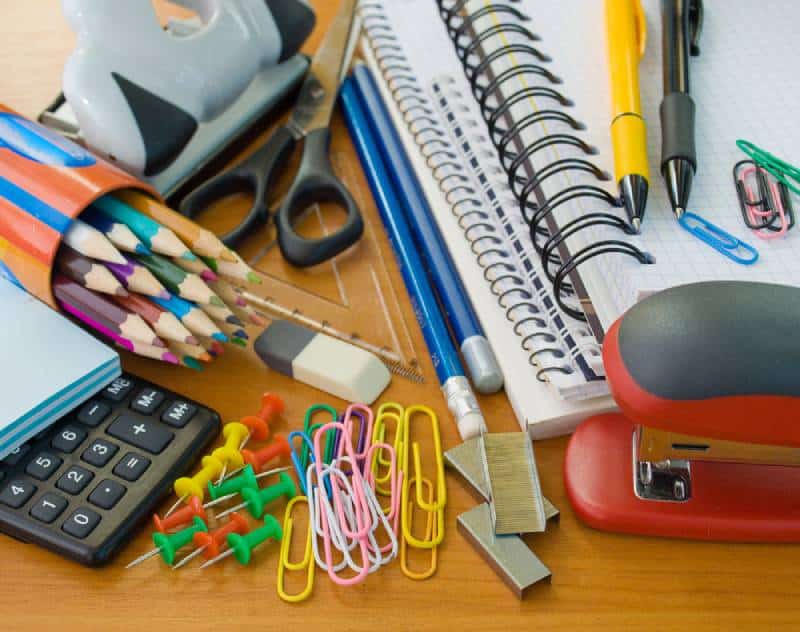
Another thing that you can do is scrounge around for some freebie office supplies from either your place of work or during some presentations where they generally hand them out to everyone attending.
It’s an easy way to score a few extra notepads and pens to scratch off of the annual shopping list.
3. Look for coupons

Many stores, online or otherwise, might have coupons that can also be used during these back-to-school sales, letting you stack up on discounts and, at the end of the day, paying a whole lot less than previously intended.
4. Shop early

If you wait and shop at the last minute, you are bound to not have much of a choice between school supplies, which might end up making you get the more expensive stuff – and that is not the point of this article.
5. Find creative ways to make cheap stuff look pretty
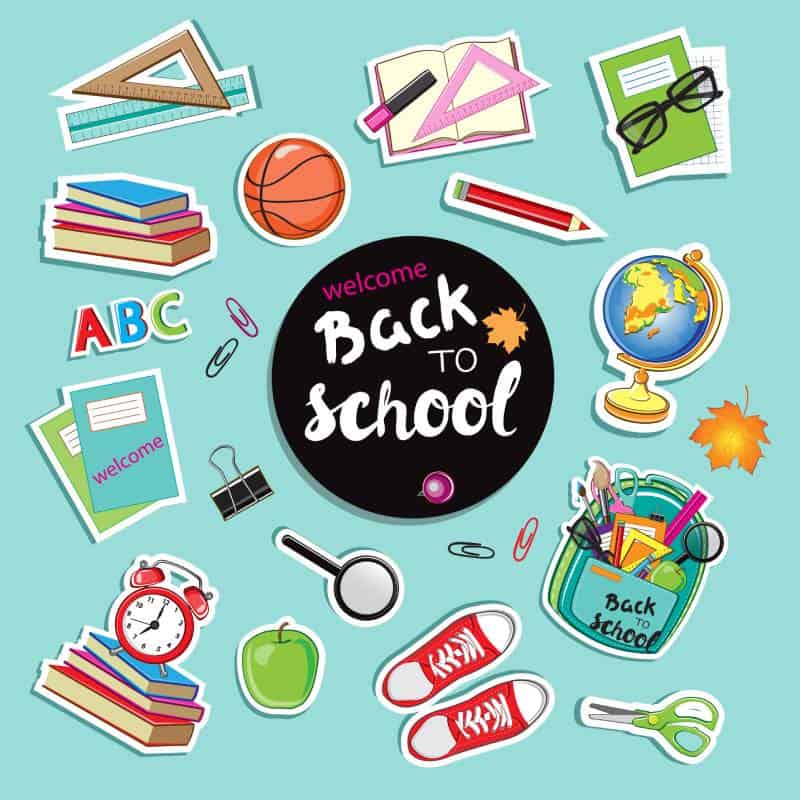
Using stickers and coloring pencils and letting your kids decorate their own things is a great alternative to getting a fancy-looking set of notebooks, backpacks and lunch boxes for them.
Plus, it lets them personalize it themselves, so you can even make a game out of it.
Even a bland spiral notebook can look like the more expensive hardcover ones if a child has enough time, glitter and stickers on hand.
6. Check for student discounts

If your child is a student, be on the lookout for student discounts!
They are usually somewhat common and often end up being as high as 40%.
Hey, it never hurts to ask.
7. Frequently look for sales

As good as getting all the school supplies is at the start, pacing yourself is a good strategy as well.
New deals tend to pop up daily and snagging a few can end up saving sizable chunks of your cash.
Scout local stores out often and make sure to take advantage of any flash sales that might pop up.
8. Sell old textbooks that your kids don’t use anymore!

Don’t throw textbooks away, instead sell them to other people who might have them on their own back-to-school shopping lists over ads in papers or sites like Amazon and craigslist.
You will end up saving someone else some money, plus you earn yourself some extra for the needs of your own children.
9. Get your kids to pitch in
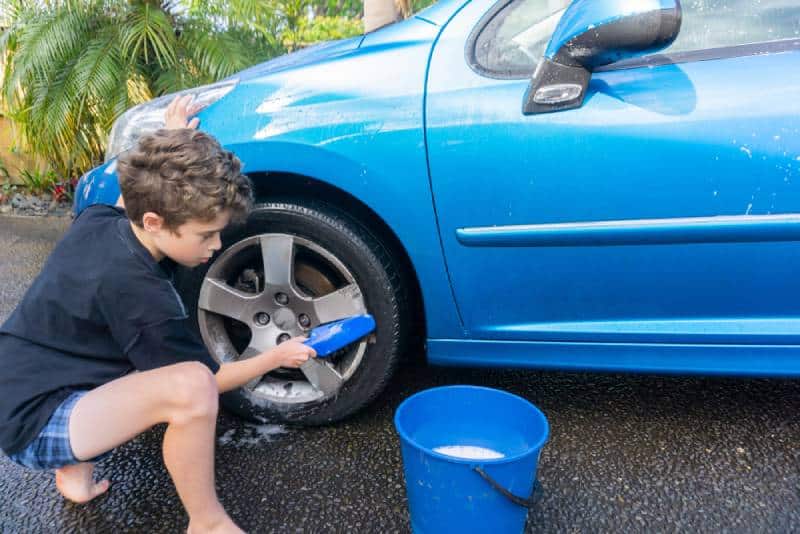
Now, while I cannot guarantee that they will like you for this, having them go and do chores around the neighbourhood for some extra cash will end up netting you a bit of help with the back-to-school shopping.
If anything, you might have enough to afford them a brand new backpack or a pencil box with their favorite cartoon character on, and you can use that as an incentive for them to be more active in their chores.
Then lastly:
10. Be organized and prepared

As stated earlier, making a list is the most important and having it handy at all times will make your shopping faster and more comfortable, and you will have less chances to feel embarrassed when you forget to buy a lunch box or something similar.
Don’t let sloppiness be an obstacle when shopping for school items.
That should about do it! I hope that this article helped you optimize your current and future back-to-school budget and good luck on your school supplies shopping trips before school starts.
Let your children enjoy school, but don’t let your wallet suffer for it.
If you keep following these guidelines each year, you’ll have enough money saved up to contribute to your children’s future college fund – but that’s a topic for another time!
Psst. If you’re homeschooling your child, make sure to read these next:
Like this post? Please share or pin it for later. You can also stay in the loop and follow us on Facebook, Instagram and Pinterest.
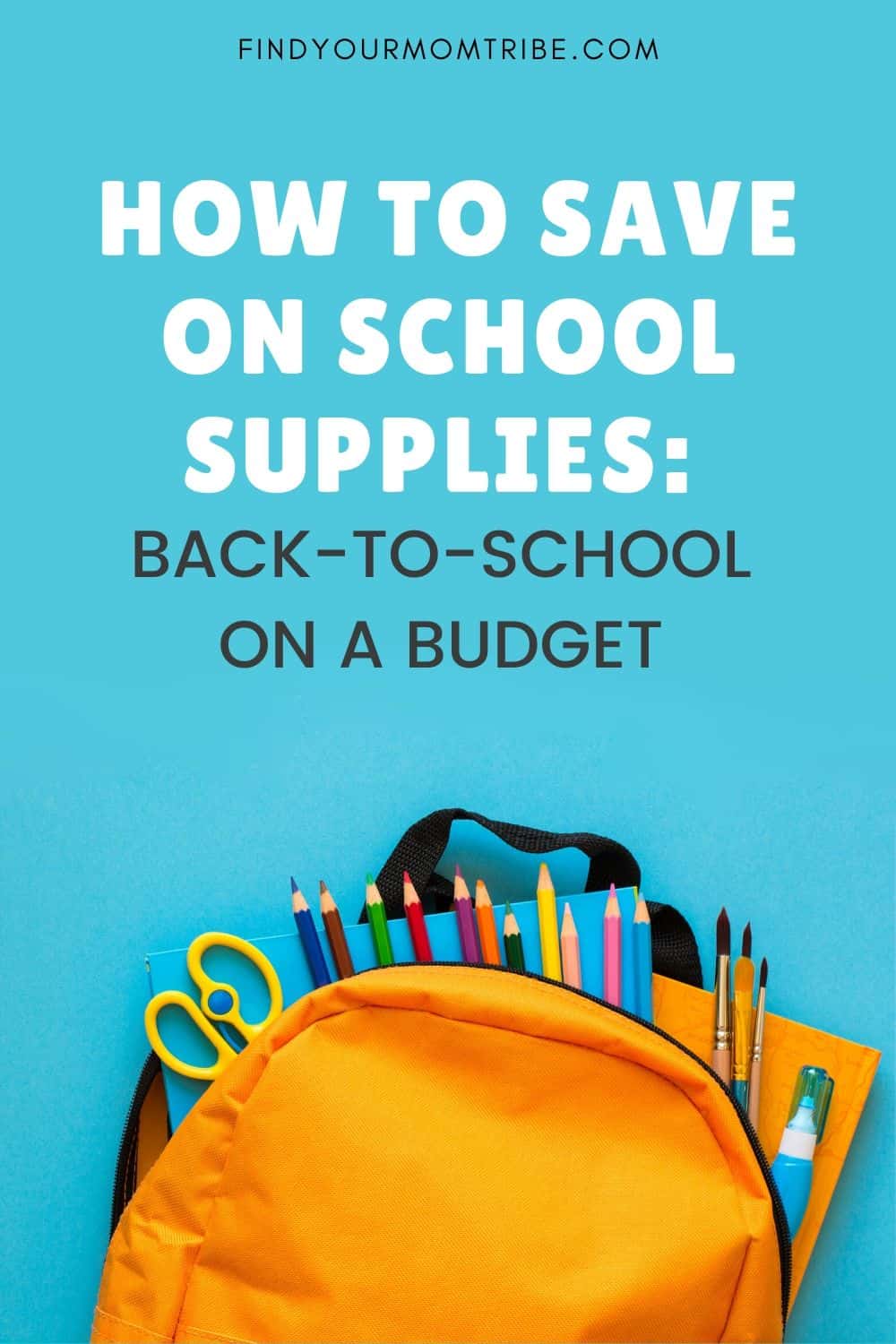
This post contains affiliate links. Please see our full disclosure for more info.

